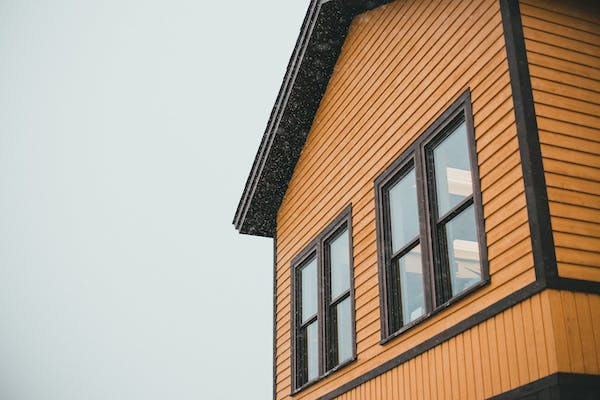How to Repair Vinyl siding
by siteadmin

Repairing your vinyl siding should be easy if you find any cracks or holes. All you need to do is take the right steps to get your vinyl looking like new again.
Remove the panel by carefully prying out any nails that are in the nailing hem.
Cracks
Cracked vinyl siding is not only unsightly but also allows water, snow, and other elements to get into the panels. This can lead to mold and mildew growing between panels, which increases heating and cooling bills. To save money and time, it is best to fix any cracks or holes as soon as they are noticed.
Vinyl caulk is a great way to repair minor cracks and holes. Find exterior caulk in the same color as your home and follow the instructions to use a caulking tool.
For larger holes, you may need to replace a whole section of vinyl. Zip tool (also called siding removal tool) can be used to unzip damaged segments and pull them off. Once it's been removed, use a claw-hammer to remove any nail holding it in position. Clean and prime it with Zinsser Bulls Eye 2-3-2 primer. Apply vinyl patch before painting to match the home.
Loose Planks
Even though vinyl siding can last for years, the harsh weather conditions and holiday decorating mistakes may cause it to become loose. Fortunately, this problem is easily remedied. Filling any small holes with caulk matches your vinyl can be an inexpensive and quick repair. Many hardware stores and homes centers stock exterior caulks in various vinyl colors.
For larger holes it may be necessary to replace the damaged vinyl with a brand new piece. Start by unlocking vinyl locks on both sides of the damaged area, then carefully remove any nails that are holding it to the supporting sheathing below.
Use a straight-tin snip with a sponge and soapy, warm water to cut out a 2-inch (5.1cm) wide replacement vinyl repair patch. This will help you clean around the holes in vinyl siding. Zinsser Bulls Eye 2-3-2 primer should be applied before the adhesive is applied to the patch. This will ensure an even surface. Let it dry completely before painting to match siding color.
Damaged Panels
In order to fix these issues, homeowners may have to spend a lot of money on repairs and replacements. If these issues are left unchecked, homeowners may have to incur expensive repairs or replacements in their home.
It is important to contact a professional if you notice any holes, dents or other signs of damaged vinyl. This will protect you and your house from further structural problems that could compromise its integrity. These issues may cause serious structural issues that compromise its integrity.
To repair a panel that is damaged, remove any nails or screws that are holding the vinyl piece together. Then, using a utility blade or saw, cut a piece to fit into the hole made by the removal. Next, insert its bottom lip under an overlapping section's rear lip so that it hooks on firmly. Secure with construction glue and use zip tool to lock together panels if needed.
Holes
There are many reasons why vinyl siding can develop holes. They are usually caused by impact damage from a baseball or lawnmower debris, wind gusts or falling branches. Unrepaired holes in your siding can allow moisture to enter and pests access your home.
To repair vinyl siding holes, ensure that the surrounding area is clear of dirt and debris. Clean the hole using soap and water. Wait a few hours before caulking.
Apply a small quantity of caulk to the perimeter of the hole with the tip of your caulkgun. Make sure to not overfill the caulk and to match it closely to your vinyl siding. After cutting away any excess caulk, you can let it dry for up to 24 hours depending on the product's directions.
https://www.sidingrepairsanantonio.com/
Repairing your vinyl siding should be easy if you find any cracks or holes. All you need to do is take the right steps to get your vinyl looking like new again. Remove the panel by carefully prying out any nails that are in the nailing hem. Cracks Cracked vinyl siding is not only unsightly…
